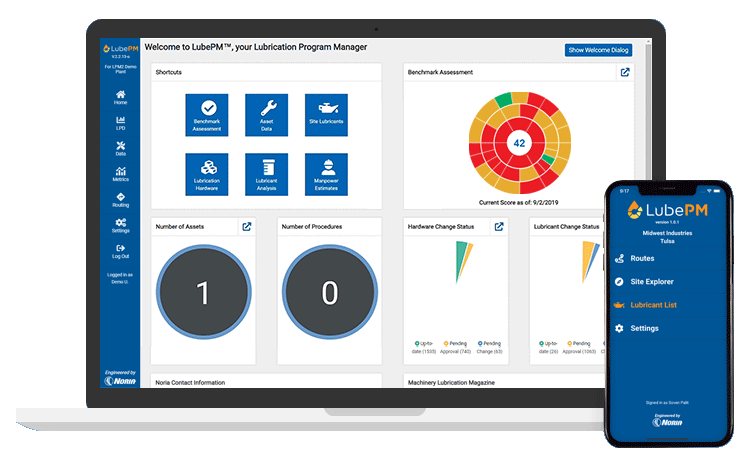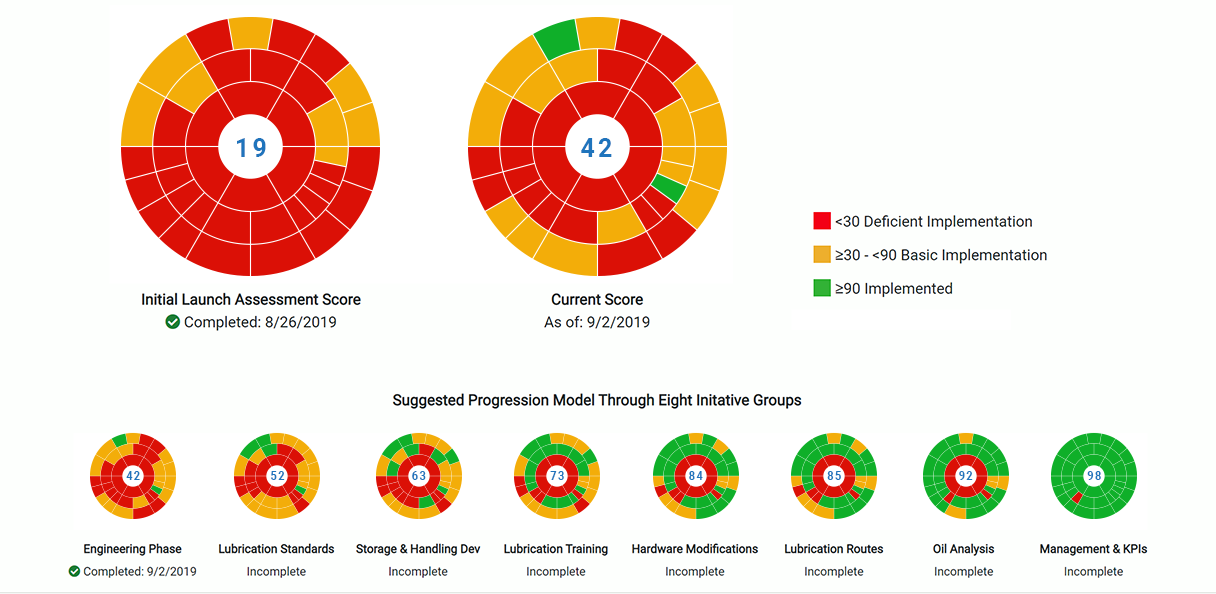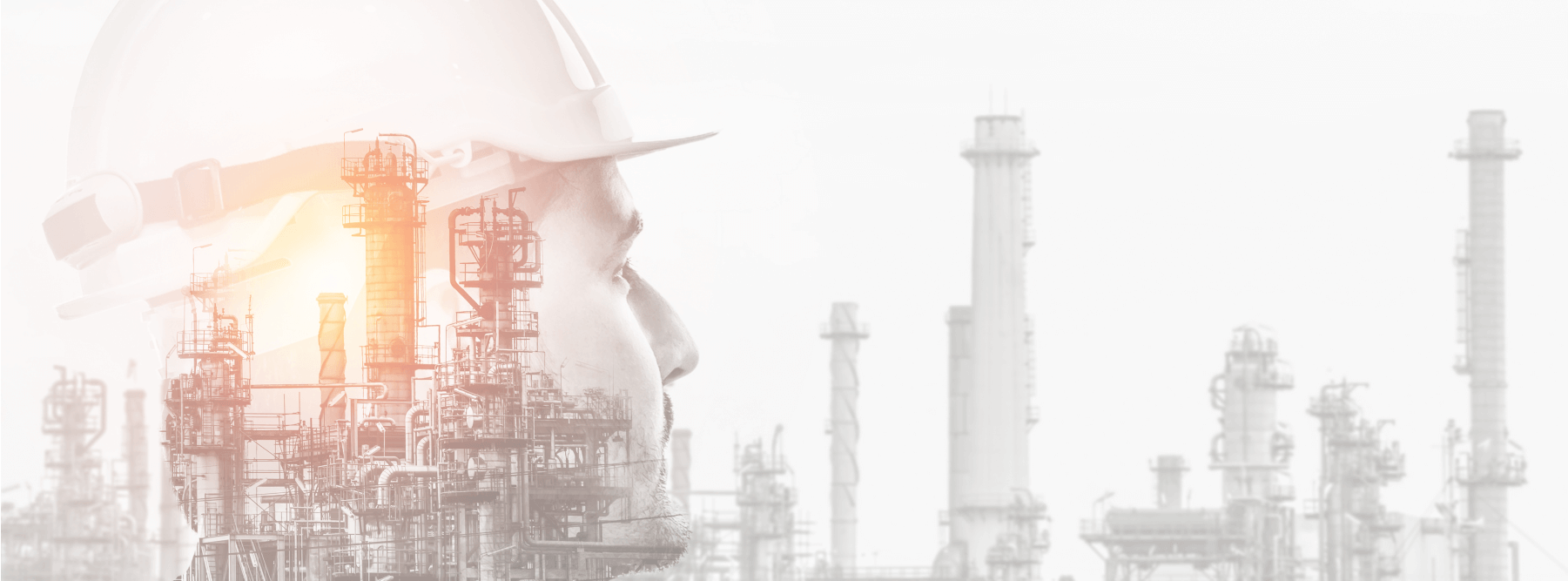One lubrication metric was shown to be particularly useful in uncovering hidden lubricant- and equipment-related concerns.
Across all stages of the lubricant, the data acquired on Lubricant Utilization are associated with other essential parameters and KPIs. Some of these indications may be concerned with reducing overall lubricant costs, while others may be concerned with risk and reliability issues. Regardless of the indicator, it must start with setting up measurements and keeping track of accurate data.
Tracking Data for Lubricant's Application

Lubricants are almost certainly tracked using inventory management software. Lubricants are sold in a variety of containers, including grease pails and tubes and oil drums, totes, and quart/gallon-size bottles. The first piece of significant information for lubricant utilization is created as this data is gathered.
How Lubricants Get Removed
Lubricants are purposely drained from machinery for a variety of reasons. When this occurs, the oil is collected in a suitable waste container before being disposed of in a bigger waste oil storage tank. This can be calculated using volume markings on the disposal container's sides or any other appropriate method.
Other activities that affect lubricant volume after scheduled oil drains are:
- Gravity dripped out of leak spots
- Seals are pushed out in pressurized systems
- Through seals, the air is sucked into product suction lines
- Volatilization of oil molecules caused it to evaporate
- Micro-dieseling or other hot machine surfaces have burned it out
- Rubber and other elastomeric materials absorb it
- Polar additives and other polar oil molecules are adsorbed out by impurities and other materials as polar additives and other polar oil molecules hitch a ride when caught and removed by filtering
- Stable foam generation produced foam that escaped through a breather port
- Splashed out in open-top sumps that were agitated
- Extracted for lubricant analysis
- On open-air components, flung out by high centrifugal force
- Maintenance on bottom sediment and water bowls open-top flushed out
Every drop of lubricant is important for good lubrication. And when it gets wasted, the equipment is put in danger. Maybe exceedingly abnormal, and some of the more unusual removal mechanisms may be impossible to measure in terms of volume.
Metrics for Lubricant Utilization Calculation
Quantifying the total volume purchased or segregated for each lubricant type from a plant-wide perspective should be simple. This information can then be compared to either the whole plant-wide lubricant amount that was disposed or the total machine charge in the plant over a set period, such as a year. Here's more about these two ratios.
The Lubricant Utilization Ratio is a determined ratio of lubricant volume purchased vs volume disposed. The greater the number, the more oil that is left unaccounted for by one or more removal methods. A value near one indicates that the majority of oil applied to machinery finally finds its way to a suitable disposal container.
The Oil Consumption Ratio is a calculation that compares the volume of lubricant purchased to the total lubrication machine charge. A lower number indicates that the oil in the machine will last longer. The consumption ratio in the example data below started at 2.4.
Oil changes are done condition-based than by schedule, machines are running more efficiently, requiring fewer shutdowns. In addition, there are fewer leaks and unidentified lubrication removal mechanisms. The oil is better suited to the uses, lowering the rate of lubricant degradation.
A longer lubricant life implies that condition monitoring is in place. As a result, the Oil Consumption Ratio, condition monitoring, and failure rate KPIs must be monitored. The Lubricant Utilization Ratio can then be calculated by comparing the data to the known volume of lubricant from the machine(s). Because these metrics are calculated for specific machines, the causes of a greater or lower ratio value can be examined more closely.
Monitoring Lubricant Utilization to Create Key Performance Metrics
Lubricant Utilization has connections with several metrics and key performance indicators. If new oil testing results frequently reveal concerns with lubricant matching specification and cleanliness criteria, this is something that has to be addressed. Huge pieces of machinery with more sophisticated contamination control systems may impact lubricant volume control. Some contamination removal procedures remove a certain amount of lubricant, either temporarily or permanently, posing a risk to the machinery.
Optimizing Your Lubrication Program

CRE Philippines, in collaboration with Noria, can help you optimize and implement a global lubrication program in collaboration with a dedicated team of lubrication professionals who are all ICML certified. Noria has developed a comprehensive, well-planned lubrication program that covers all lubrication processes and operating procedures, from purchase to the size required for each tank in the plant.
Source: machinerylubrication.com


